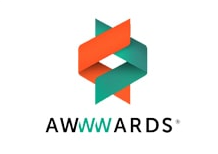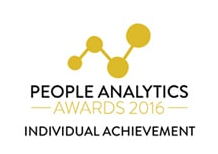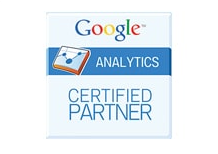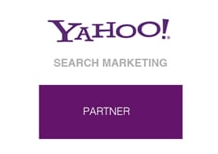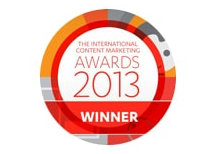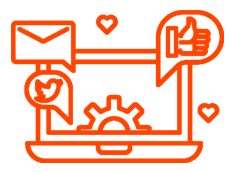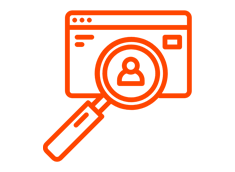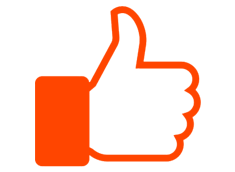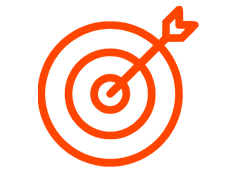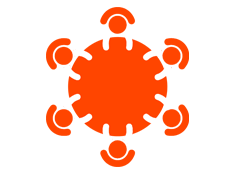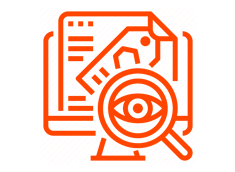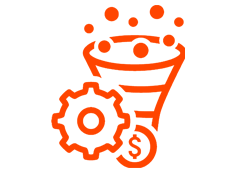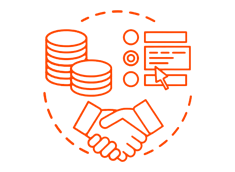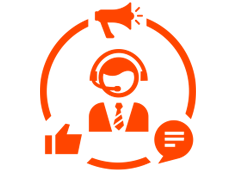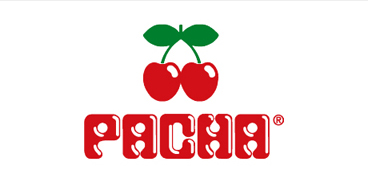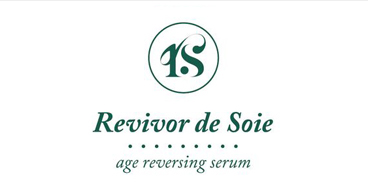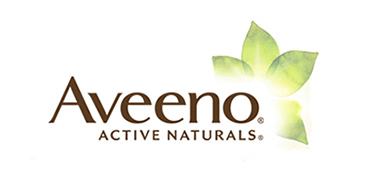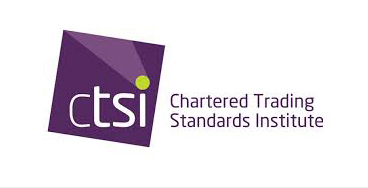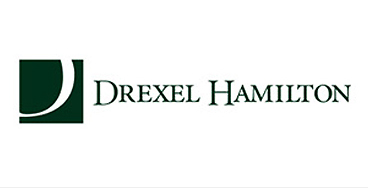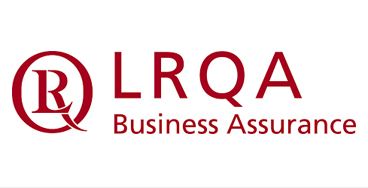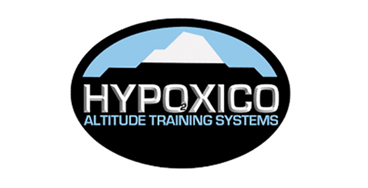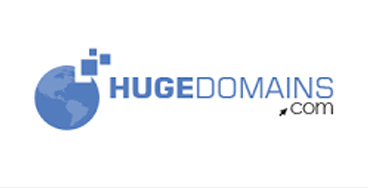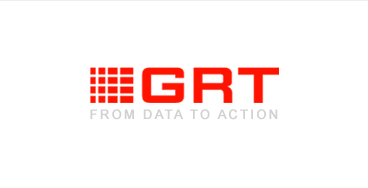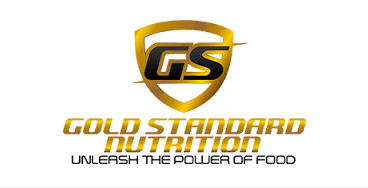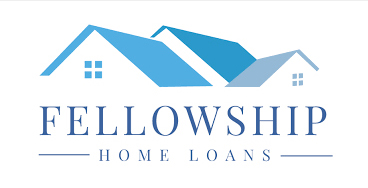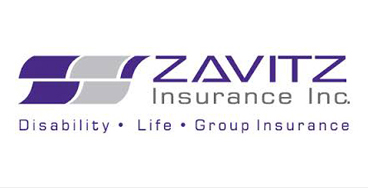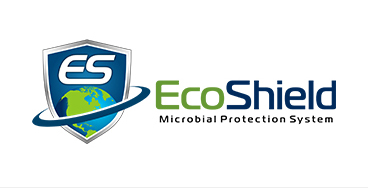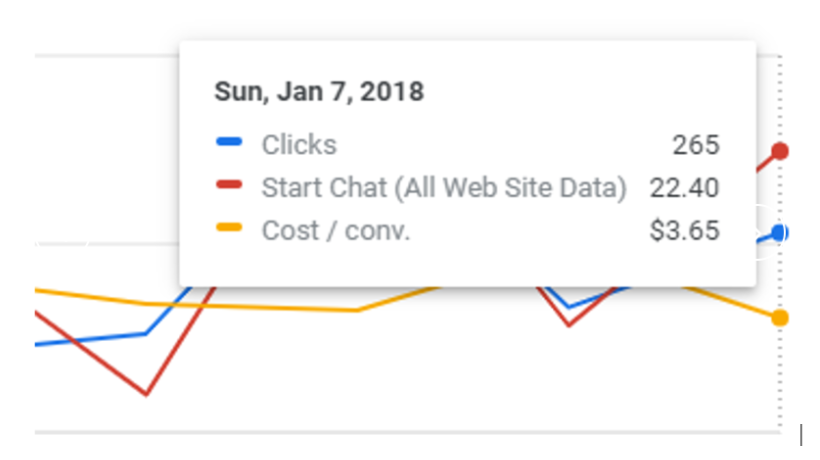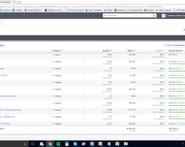55% of all Websites use Google Analytics (Source), but most Google Analytics users only rely on its basic functions and never quite scratch the surface of what this analytics tool can do.
Such was the case for our client, a dietary supplement distributor with a large and diverse user base built over 14 years in the business. The customer relied solely on a basic Google Analytics setup to track customer engagement. Due to the size and diversity of the client's userbase, basic google analytics couldn't capture essential insights such as behavioral patterns —meaning the client couldn't execute advanced targeting campaigns. Our goal was to identify behavioral patterns to establish advanced targeting and communications.
We implemented Google analytics goals, tag manager, and linked AdWords to assure all vital data is being captured.
With this advanced analytics approach, we could measure progress and optimize the client's marketing strategy for success. By connecting Adwords, we could see which keywords brought in the most visitors and how much they spent. We helped people find what they are looking for by tagging content with specific keywords. By setting up Google Analytics goals, we could track traffic sources, how long people stayed on the site, and the steps they took on the site before purchasing or exiting. We understood how engaged users were with the site through metrics like bounce rate, time on page, and session duration.
We added heat map tracking software to establish consumer interest throughout the website and its extensive inventory.
We implemented Heat maps -visual representations of website traffic- that display the relative levels of user engagement across different site areas. We were able to see where users spent the most time on the website and which areas of the website consumers visited most often.
With the information gleaned from the heat maps, the client could identify potential areas for improvement and develop more effective marketing strategies to improve conversion rates, increase engagement and boost sales.
Tracked the customer flow to determine which products led to drop off, increased time on site, and made people consider increasing their purchase volume.
We observed customers' purchasing habits to determine which products and services likely led to high returns and low drop-off rates. Understanding which products were most attractive to customers allowed us to tailor marketing efforts accordingly, ultimately increasing customer satisfaction and retention.
We rebuilt the help pages to determine customers' questions before adding certain products to the cart or abandoning the website.
Help pages provide insight into what customers are trying to accomplish by visiting your website. These pages act as a gateway for visitors to ask questions about products and services.
Providing answers to these questions proved to be a great way to improve conversions and reduce cart abandonment. Our client explained complex topics on the help pages, giving people assurance, proving the brand's expertise, and gaining people's trust.
We implemented software that automatically captured certain users' contact info in the background, increasing the lead capture rate by 18%.
This process was two-fold: first, the software automatically captured customer details in the background. Second, the marketing automation software would automatically populate specific fields (with the captured contact information) when customers tried to sign up, making the process easier and less time-consuming.
We used SAS to analyze data further and build extensive customer segmentation, allowing the client to craft content that hits specific pain points for each type of customer.
We further analyzed data through SAS and Segmented our client's customers into subgroups based on characteristics to target them better and focus your efforts where they will have the most impact.
Although the client had a mailing list, it didn't indicate whether or not the potential customer wanted to buy. We needed to create much more valuable segments made up of people who showed genuine interest in what was being offered.
Post Campaign Results:
Companies that use data, test everything they do, and automate decisions using data and analytics will take the future. (Source)
After implementing our campaigns, the following key performance metrics increased: on-site conversion, user time on site, referrals, repeat purchases, purchase volume, and email response rates. The newly captured data allowed us to build a sophisticated sales funnel that prompted customers with additional products specific to their unique needs at the optimal times and communication frequency. Using the new data, we are currently working on expanding the client offering through affiliate services, including personal consulting services and paid webinars.
